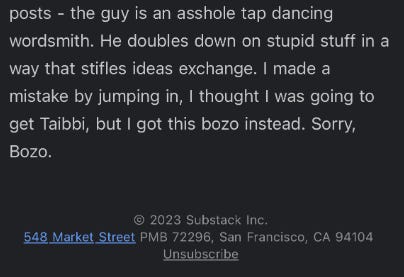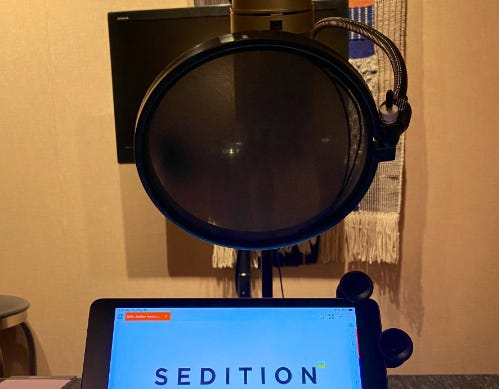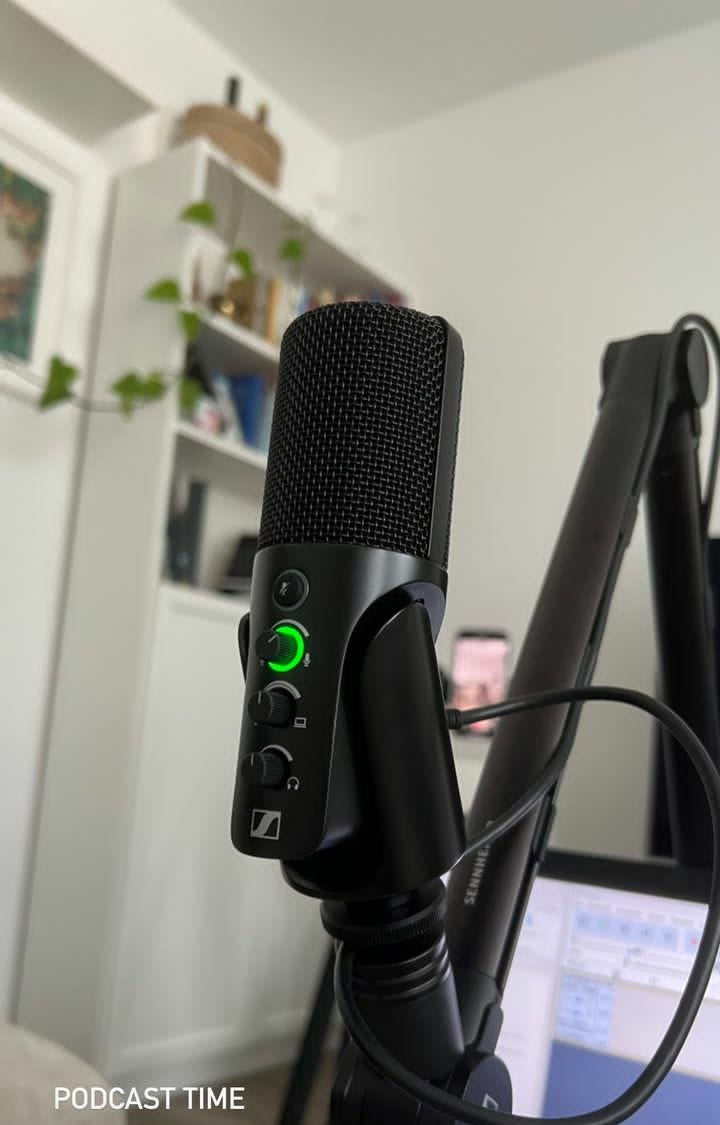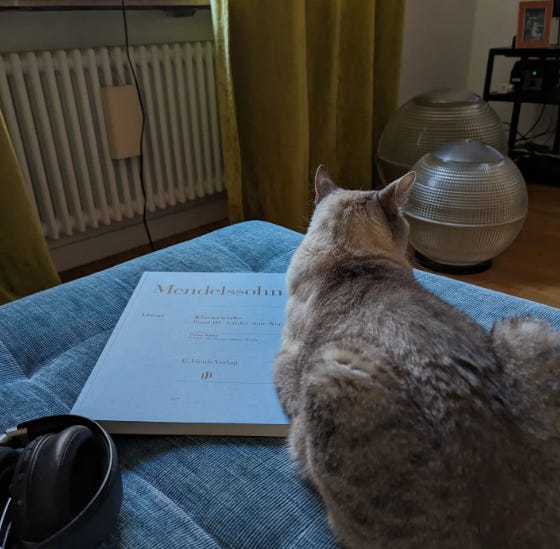5.43pm, Rothera Station, Antarctic
Marine biologist Michelle Shero had every reason to expect this to be a better year on the Antarctic ice.
Since receiving a 5-year, $1.1 million grant from the National Science Foundation (NSF) in 2019 to study the reproductive success of Weddell seals in McMurdo Sound, Shero has been sent down for just one, truncated field season. But in January NSF had assured Shero that her team would be deployed in October for a full 4 months, and by June she had packed up and shipped out some $200,000 in equipment and supplies.
So Shero, a tenure-track assistant scientist at the Woods Hole Oceanographic Institution, was stunned when her program manager told her in July that this season, too, was over before it started. There weren’t enough beds at NSF’s McMurdo Station to accommodate her team of five, the minimal crew needed to safely handle animals that can weigh up to 500 kilograms.
Shero isn’t the only NSF-funded Antarctic scientist saying goodbye to another planned field season. This summer NSF decided to cancel or curtail 67—more than half—of the 131 projects and activities funded for the 2023–24 austral summer after concluding it couldn’t provide them with the necessary logistical support.
The housing shortage is part of a triad of factors generating a perfect storm that is battering the United States Antarctic Program (USAP), long regarded as the best in the world. One element, the COVID-19 pandemic, shut down most research for 2 years and then, when cases spiked, severely disrupted the 2022–23 season. The pandemic, in turn, has stretched out a $500 million renovation project at McMurdo, reducing the number of available beds for both scientists and those who provide them with essential logistical support. Simultaneously, the rising cost of providing that support has forced NSF, which operates the research program for the U.S. government, to curtail the scope and duration of projects its program managers have already approved.
The resulting dysfunction poses a significant risk to the endeavors of hundreds of Antarctic scientists.
“It used to be that getting an NSF grant to work in Antarctica was the hard part, and that once you got the award you knew you could get some really cool science done,” says marine biologist Jennifer Burns of Texas Tech University, a co-leader on Shero’s grant and a former NSF Antarctic program officer with extensive experience in the field. “But something has changed. And unless and until we can get a good handle on why it’s gone so wrong, I’d be very cautious about telling anybody that they should build a career around research in the Antarctic.”
The reduced level of activity coincides with dramatic changes taking place in the Antarctic ecosystem and the Southern Ocean because of climate change. While other nations are beefing up their presence in Antarctica to better understand those changes, the U.S. government seems to be headed in the opposite direction, says Oscar Schofield, principal investigator (PI) for a project that has monitored ecosystems on the western Antarctic Peninsula for 33 years as part of NSF’s global Long-Term Ecological Research (LTER) program.
“We’re the canary in the coal mine, and there’s lots of coal dust in the air,” says Schofield, a biological oceanographer at Rutgers University who first came to Antarctica as a graduate student in the early 1990s. “And just when we need to know even more about what’s happening to the canary, it feels like the United States is in a period of retreat.”
THE U.S. HAS BY FAR the biggest footprint of any nation supporting science in Antarctica. McMurdo, the largest of the three U.S. stations and the hub of USAP operations, is a bustling 1200-person village at its summer peak and seven times the size of the next largest facility on the continent, the United Kingdom’s Rothera Station. And NSF’s Amundsen-Scott South Pole Station, although serving a much smaller population, hosts an unrivaled array of major scientific instruments.
NSF supports a host of research and education activities in Antarctica, on topics ranging from climate change to the origins of the universe. “The work that I’m doing in Antarctica can’t really be done anywhere else,” says sedimentary microbiologist Tyler Mackey of the University of New Mexico, who studies primitive organisms at the bottom of an ice-covered lake. “And I think that’s the rationale for every project NSF funds down here.”
But making all this happen in a remote, demanding environment requires some “very challenging logistics,” says James Ulvestad, acting head of NSF’s Office of Polar Programs (OPP), which manages USAP. “And there’s never less demand” from scientists, he adds.
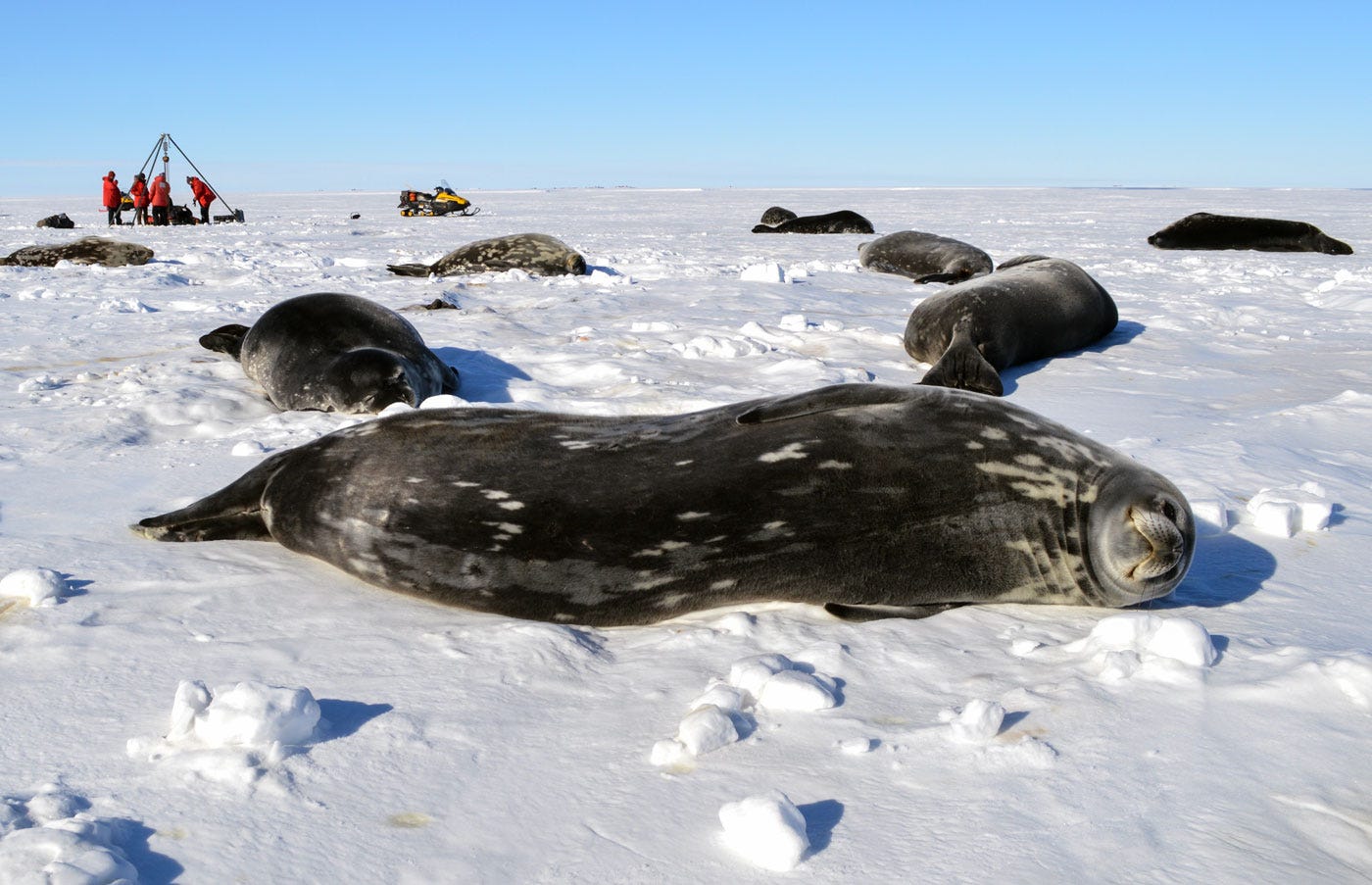
Shero, who has traveled to Antarctica 10 times since her first visit as a graduate student in 2011, is intimately familiar with how things are supposed to work. Once NSF greenlights a research proposal, a private contractor provides the logistics to make it happen. Currently, that is Leidos; the company has received almost $2.7 billion since 2016 under a logistics support contract that expires in March 2025.
Shero’s team, for example, requires a helicopter or snowmobiles for a daily commute from McMurdo over the frozen Ross Sea to the foot of snow-covered Mount Erebus, an active volcano. Once on the ice, the five-member team captures, examines, and collects tissue and blood samples from pairs of adult and pup seals. They also need helicopters to track down radar-tagged seals that stray from the main colony. And they hope to keep at it from October to mid-January, the height of the austral summer, for 3 years running.
But Shero and dozens of investigators can no longer count on that level of support—or even a place to sleep. Among the many improvements covered by the renovation project at McMurdo is a new dorm. To minimize its environmental impact, the new 285-bed dormitory—one of several housing units at the station—will be located on the same site as an aging building containing 150 beds that was razed in 2019.
NSF’s timing couldn’t have been worse. Within months of the demolition, the pandemic had halted nearly all USAP activities, including work on the new dorm. The new housing is now scheduled to be ready for the 2025–26 season, 3 years later than originally hoped.
The resulting bed shortage impinges on every aspect of Antarctic logistics, limiting not just the number of researchers, but also the pilots, cooks, mechanics, IT technicians, construction workers, and other personnel who support the research effort. The shortage is exacerbated by NSF’s decision to set aside 50 beds at McMurdo this season for people testing positive for COVID-19, a response to last year’s muddled handling of a midseason surge in cases. The much smaller Palmer Station will only have one of its 44 beds reserved for COVID-19 patients, but an overdue heating repair project will claim eight beds that otherwise would have been filled by researchers.
At the same time, rising costs have crimped NSF’s ability to fly people and cargo to and from Antarctica. For example, the hourly rate for the LC-130 planes that can land on the ice has more than tripled since 2017, Ulvestad says. And the fleet’s advanced age means more downtime for repairs. That’s also true for the C-17 transport planes that were tardy in delivering Shero’s equipment last year, shortening her time in the field.
Costs have also curtailed helicopter support for scientists like Shero who work on sea ice, or in remote locations. The craft will stop flying in early December, 3 months earlier than usual. And researchers whose projects rely on an annual 6-week cruise from Palmer Station have been told to plan on it becoming a biennial event after this season.
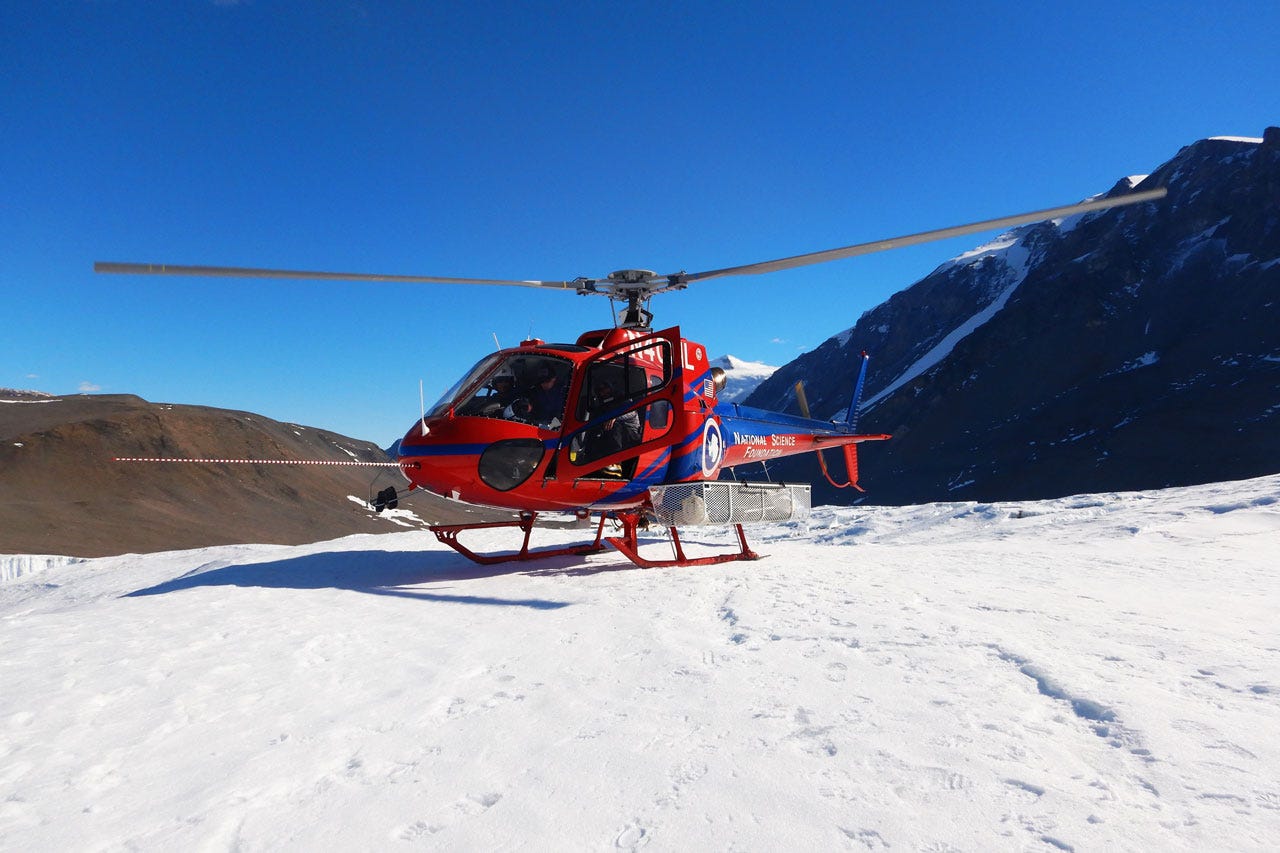
Ulvestad says a flat OPP budget has robbed NSF of the option of simply paying more to provide the same level of support. “We understand their disappointment, and we can’t pretend there won’t be negative impacts,” he says about the researchers impacted by the most recent cuts. “But we’re still absolutely committed to funding the best science.”
THE CUTS AND POSTPONEMENTS will inevitably take their toll on research, however, especially on projects that require continuous data sets or precisely timed observations. Among the victims are the two Antarctic LTER projects, which have been running for more than 3 decades. Their data sets are crucial for monitoring a vulnerable and rapidly changing ecosystem. Nonetheless, the size of the teams contributing to the two projects is being reduced by up to two-thirds, and their field seasons drastically shortened.
Scientists affiliated with the McMurdo Dry Valleys LTER project, which NSF began funding in 1992, will only receive 10 beds this fall rather than their usual complement of 31. And because of the reduced helicopter availability, scientists will be deployed for a much shorter field season, as little as 3 weeks in November rather than the 4 months that is typical. That means fewer data will be collected, and some components of the research will be omitted.
“We appreciate the support that NSF has given us for all these years,” says project director Michael Gooseff, an environmental engineer at the University of Colorado Boulder, “and the fact that we’ll still be able to have a team in the field this season when other science groups have been canceled. But given all the cuts, it doesn’t feel like we’ve been prioritized.”
Dawn Sumner, a paleogeobiologist at the University of California, Davis, has fared worse; her field season has been canceled. “I’m by nature a half-full glass kind of person and I’ve always told my students to have backup plans,” says Sumner, who is studying seasonal changes in microbial communities at the bottom of ice-covered Lake Fryxell in the Dry Valleys. But the disruption has put her resiliency to the test.
Sumner’s team is measuring oxidation and other biochemical changes in microbial mats caused by light and photosynthesis. During the 2022–23 austral summer field season, the first for this project, the researchers found a surprising amount of variability in oxygen concentrations that couldn’t be explained. Before her team left in February, divers installed shades over some of the mats. The plan was to return in October to remove them and observe the resulting metabolic changes over the following months as the Antarctic winter gives way to spring.
The timing is critical. Losing this field season, Sumner explains, “means we’re going to basically have to start over. We can’t leave the shades in for 2 years and get the data that we want.” Instead, the team will have 6 days to simply retrieve instruments installed last year.
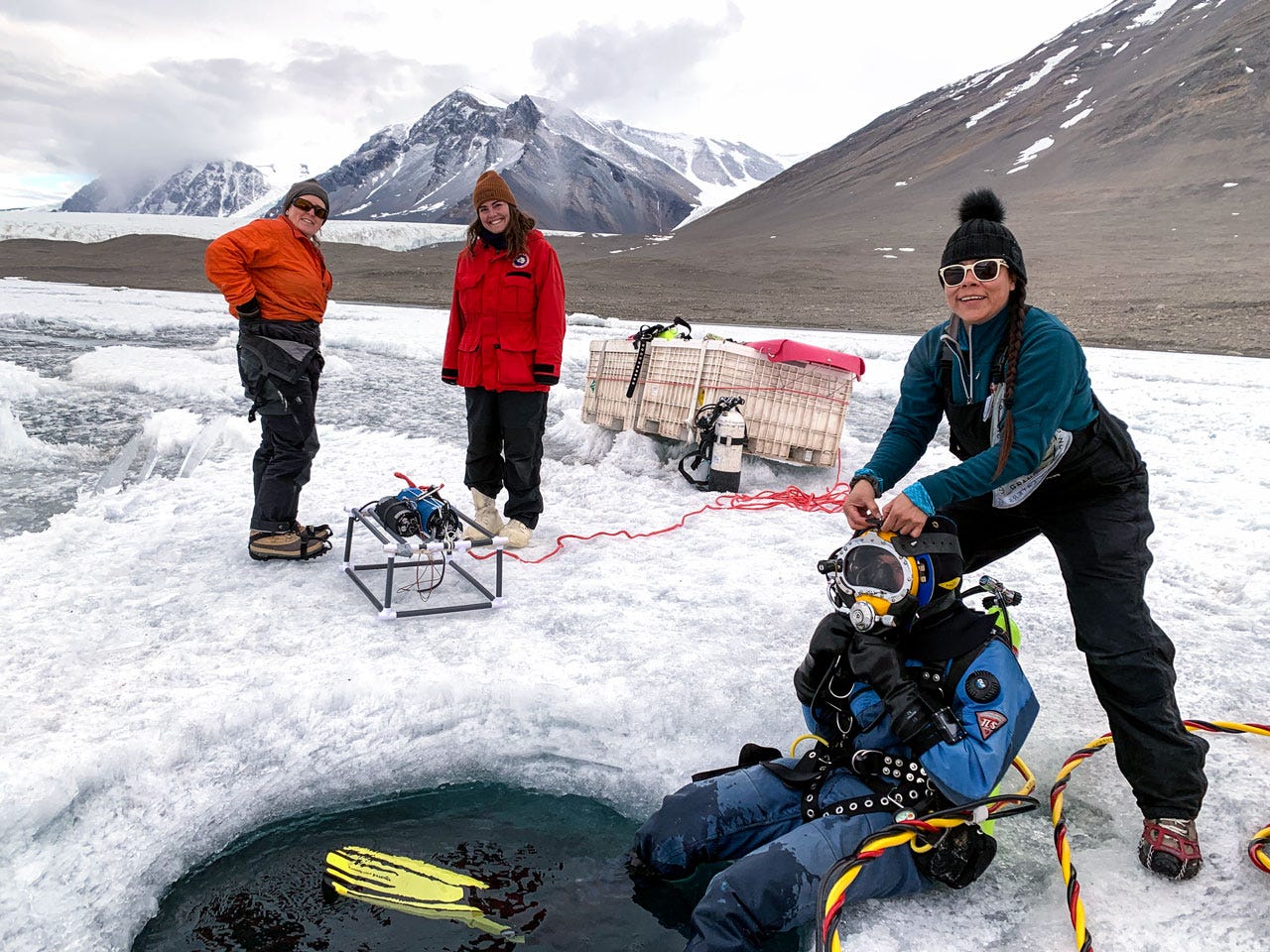
Natasja van Gestel, a biologist at Texas Tech, faced a different hurdle: a last-minute request from NSF to lengthen the amount of time she would spend tracking the impact of global warming on organisms living on the western Antarctic Peninsula.
Last season, her team installed open-top chambers over vegetation to capture more solar radiation. Its goal was to simulate future climate warming and see how it affected carbon flux. The field season ran from late November to mid-March, dates dictated by when the snow melts and then returns. To maintain her normal university teaching load, van Gestel doubled up on courses in the fall semester so she could be away in the spring.
This year, however, NSF asked her to fly to Antarctica 6 weeks earlier and stay until April to avoid peak demand for the ship that takes her to and from Palmer Station, the base for her operations. She had to decline the offer—and forgo her deployment. “It would have meant leaving in the middle of the semester,” she says. “And we would have been down there way before I’d have anything to do.”
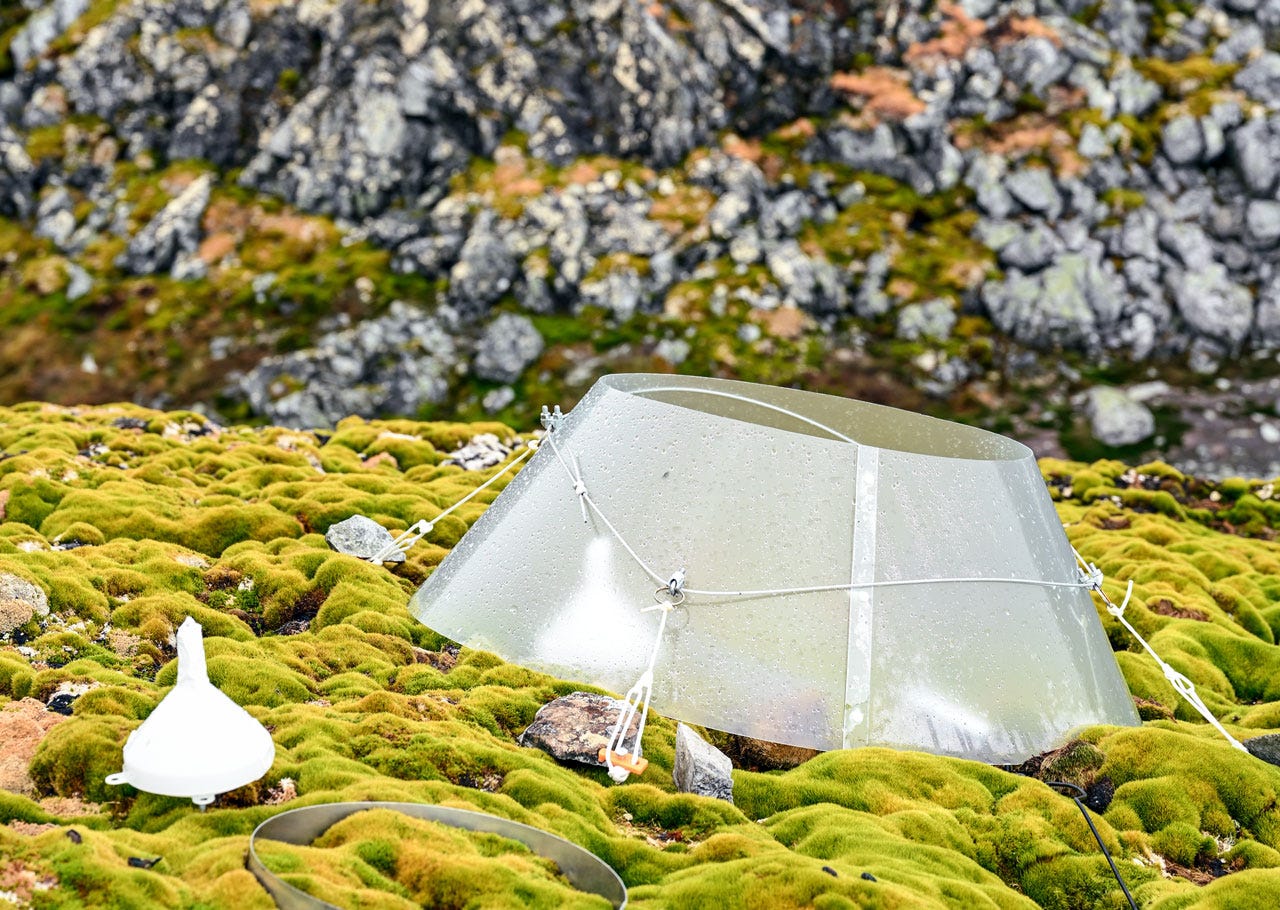
NSF has asked contractors to put out the warming chambers at the end of the season so they will be in place the following year, and van Gestel says she’s grateful for that support. “But we won’t be able to collect any data,” she says, because taking the carbon flux measurements requires special training. “And if something goes wrong, we may have to restart the experiment,” she adds—assuming her team can be deployed for the 2024–25 season.
THE SUSTAINED DISRUPTIONS in recent years have left many Antarctic scientists wondering whether USAP will ever regain its former glory—and remain an attractive career option.
“From the early 1990s into the 2010s, the logistical support was really good,” Burns says. “There were always surprises, but [NSF and the contractor] used to plan to need, plus something for dealing with the unexpected.”
The program has lost that resilience, some researchers say. Many experienced and well-trained personnel working for Leidos or one of its subcontractors haven’t returned to the ice after their positions disappeared during the first 2 years of the pandemic, and their absence exposed long-standing concerns about safety and the viability of aging equipment.
Shero and 30 other sea-ice scientists laid out the problem in a February letter to NSF after an uneven field season. “We are deeply concerned about the ability of [field safety and training personnel] to adequately support our research efforts,” they wrote. “It is clear that [USAP] cannot continue with ‘business as usual’ and expect sea-ice science to be safe and productive.”
Animal ecologist Jay Rotella of Montana State University has built his career on NSF’s ability to deliver on its promise of adequate logistics support. He’s spent nearly 3 decades studying the population dynamics of a colony of Weddell seals in the Ross Sea that has been monitored since the 1960s and has compiled detailed reproductive histories on more than 10,000 female seals. His team was one of the few allowed to work during the depths of the pandemic, an opportunity he attributes to the importance NSF places on long-term data sets.
Even so, Rotella will also feel the effects of this year’s squeeze. His six-member team will have to commute daily by snowmobile from McMurdo rather than living in portable huts on the sea ice because setting up that ice camp would require crews that NSF doesn’t have room to house. The commute eats up 2 hours on each end of a 12-hour day, meaning less science will be done. The reduced logistics support will also limit his plans to study an influx of seals from a colony farther north—a migration he thinks could offer valuable clues about how climate change is affecting this iconic species.
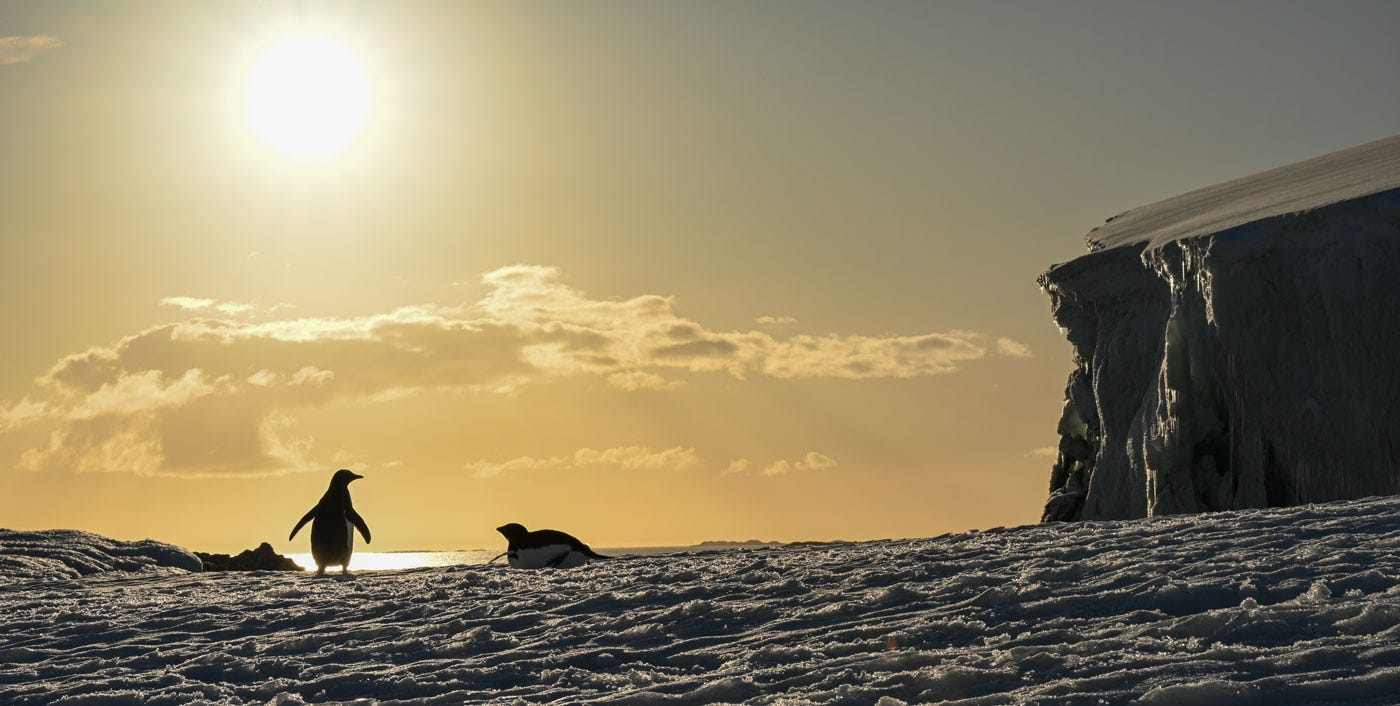
Many Antarctic scientists believe NSF and Leidos should have been able to better anticipate how COVID-19, construction, and rising costs would affect the Antarctic program. “They knew last year how many beds would be available,” Burns says. “And the projects that have been canceled have been on the books for years. So why these decisions [to cancel the 2023–24 field seasons of so many projects] were made so late is beyond me.”
Ulvestad says a major factor for the last-minute notifications is the recurring failure of Congress to approve annual budgets for every federal agency until well into the next fiscal year. “We have a very detailed planning process, but we can’t get very far along until we have a known budget,” he says.
Stephanie Short, who manages NSF’s Antarctic logistics office, cautions scientists not to look for a simple explanation for why their season was canceled. “The pandemic, budget, and space constraints all play a role,” she explains.
Her words are cold comfort to Mackey, a member of Sumner’s team. Mackey expected to have a slew of papers about sediment transport in Lake Fryxell when he came up for tenure review next year. But the recurring delays have put a serious dent in those plans.
The delay is also affecting his other research, outside Antarctica. For example, Mackey had hoped to use data from the lake for an ongoing NASA-funded project looking at environments that could have once supported life on Mars. And in a recently submitted NSF grant proposal for work on the Greenland Ice Sheet, Mackey agonized over a routine question asking him to provide “evidence of results from previous NSF support.”
“I don’t know if reviewers will care,” he says. “But I had to be honest and say we haven’t been able to do the work because of these extenuating circumstances.”
Mackey hopes to become a co-PI on the McMurdo LTER project if, as expected, it wins another 6 years of NSF funding. But the logistics snafus have forced him to rethink the best path to achieve his career goals.
“There’s just a lot of unanswered questions about how long we can keep doing long-term work like the McMurdo LTER if we have these episodic interruptions,” he says. “What I’m seeing definitely gives me pause.”
For Shero, the discrepancy between the project NSF has funded and what research can actually be supported is a particular source of frustration. Her grant proposal for her current project was rejected twice because it wasn’t sufficiently ambitious, she says, and was ultimately funded only after she increased the intended sample size and time frame. “Of course, the logistical problems last year meant we ended up studying many fewer seals, and now we’re shut down for another year,” she says. “If we are also unable to go down next year, my only option may be to submit a new proposal—with no guarantee of funding.”
Ulvestad says NSF is doing everything it can to minimize the impact on scientists until the agency can ride out the perfect storm. “But shifting gears takes us years,” he cautions.
Shero worries the Antarctic research community could pay a heavy price as the disruptions continue. “My fear is that NSF will continue to fund fieldwork proposals based on resources that have historically been available,” she says, “and then, because those resources aren’t available and there’s such a huge backlog, force everyone to significantly [shrink] their projects for years to come.”
=========END————
Thank you, as always, for reading. If you have anything like a spark file, or master thought list (spark file sounds so much cooler), let me know how you use it in the comments below.
If you enjoyed this post, please share it.
______________
If a friend sent this to you, you could subscribe here 👇. All content is free, and paid subscriptions are voluntary.
——————————————————————————————————
-prada- Adi Mulia Pradana is a Helper. Former adviser (President Indonesia) Jokowi for mapping 2-times election. I used to get paid to catch all these blunders—now I do it for free. Trying to work out what's going on, what happens next. Arch enemies of the tobacco industry, (still) survive after getting doxed. Now figure out, or, prevent catastrophic situations in the Indonesian administration from outside the government. After his mom was nearly killed by a syndicate, now I do it (catch all these blunders, especially blunders by an asshole syndicates) for free. Writer actually facing 12 years attack-simultaneously (physically terror, cyberattack terror) by his (ex) friend in IR UGM / HI UGM (all of them actually indebted to me, at least get a very cheap book). 2 times, my mom nearly got assassinated by my friend with “komplotan” / weird syndicate. Once assassin, forever is assassin, that I was facing in years. I push myself to be (keep) dovish, pacifist, and you can read my pacifist tone in every note I write. A framing that myself propagated for years.
(Very rare compliment and initiative pledge. Thank you. Yes, even a lot of people associated me PRAVDA, not part of MIUCCIA PRADA. I’m literally asshole on debate, since in college). Especially after heated between Putin and Prigozhin. My note-live blog about Russia - Ukraine already click-read 4 millions.
=======
Thanks for reading Prada’s Newsletter. I was lured, inspired by someone writer, his post in LinkedIn months ago, “Currently after a routine daily writing newsletter in the last 10 years, my subscriber reaches 100,000. Maybe one of my subscribers is your boss.” After I get followed / subscribed by (literally) prominent AI and prominent Chief Product and Technology of mammoth global media (both: Sir, thank you so much), I try crafting more / better writing.
To get the ones who really appreciate your writing, and now prominent people appreciate my writing, priceless feeling. Prada ungated/no paywall every notes-but thank you for anyone open initiative pledge to me.
(Promoting to more engage in Substack) Seamless to listen to your favorite podcasts on Substack. You can buy a better headset to listen to a podcast here (GST DE352306207).
Listeners on Apple Podcasts, Spotify, Overcast, or Pocket Casts simultaneously. podcasting can transform more of a conversation. Invite listeners to weigh in on episodes directly with you and with each other through discussion threads. At Substack, the process is to build with writers. Podcasts are an amazing feature of the Substack. I wish it had a feature to read the words we have written down without us having to do the speaking. Thanks for reading Prada’s Newsletter.
Wants comfy jogging pants / jogginghose amid scorching summer or (one day) harsh winter like black jogginghose or khaki/beige jogginghose like this? click
Headset and Mic can buy in here, but not including this cat, laptop, and couch / sofa.










